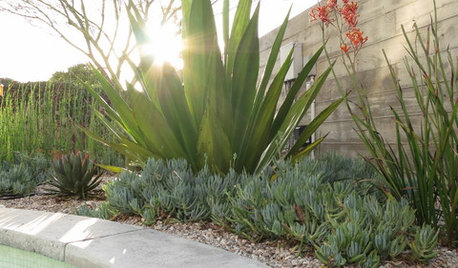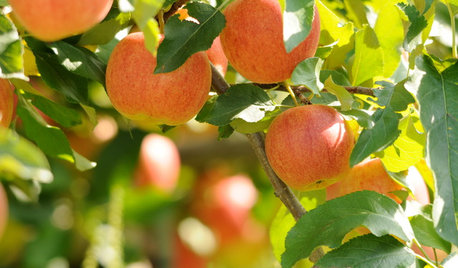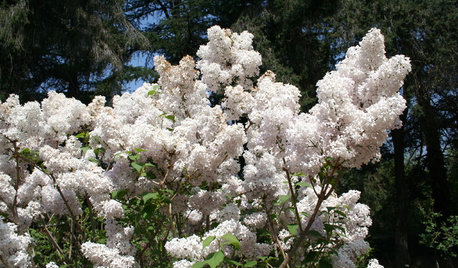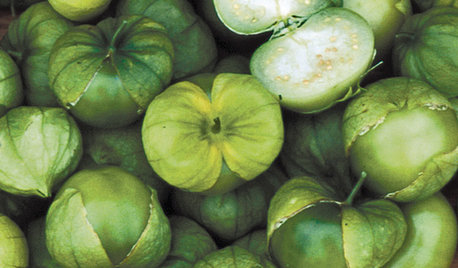Problems with BIG slugs and also snails
hellena
17 years ago
Related Stories

PLANTING IDEASBig Foliage for Small Spaces
Use bold, large-leaved plants to create intriguing contrast in a garden where they’re least expected
Full Story
KITCHEN DESIGNSimple Pleasures: Wake Up and Smell the Coffee
Slugging down any old sludge while pulling on socks is no way to start the day. Learn to brew amazing java and savor the experience here
Full Story
NORTHWEST GARDENINGPacific Northwest Gardener's March Checklist
Prepare for edible harvests and invite feathered friends to the garden — offering them slugs for lunch is entirely up to you
Full Story
REGIONAL GARDEN GUIDESPacific Northwest Gardener: What to Do in April
Get ready for annual flowers and watch out for snails to ensure a bountiful garden now through summer
Full Story
SUMMER FRUITS AND VEGETABLESSummer Crops: How to Grow Tomatillos
Grow this Mexican native for the freshest salsa verde — and for fewer problems than its tomato cousins
Full Story0

GARDENING GUIDESGreat Garden Combo: 3 Wonderful Plants for a Deer-Resistant Screen
Protect your privacy and keep deer at bay with a planting trio that turns a problem garden area into a highlight
Full Story
LIFESlow Living 101: Tips for Turning Off the Chaos
It may feel as though you're too busy to slow down and enjoy life. But even little changes can have a big effect
Full Story
HOUZZ TOURSHouzz Tour: Just What Mom Wanted, Off the Washington Coast
With an art studio, age-in-place features and a view-maximizing design, this home shows just how well the architect knows his client
Full Story
GROUND COVERSGround Force: 10 Top Ground Covers for Your Garden
Protect your soil from weeds and drought this summer with a living mulch of ground covers
Full Story
SPRING GARDENINGSummer Crops: How to Grow Strawberries
Pluck your own sweet strawberries right from the garden vine for smoothies, salads or eating then and there
Full StoryMore Discussions






meldy_nva
Skybird - z5, Denver, Colorado
Related Professionals
Belmont Landscape Architects & Landscape Designers · New Mexico Landscape Architects & Landscape Designers · Alamo Landscape Contractors · Americus Landscape Contractors · Beachwood Landscape Contractors · Davis Landscape Contractors · Haverhill Landscape Contractors · Palos Verdes Estates Landscape Contractors · Raleigh Landscape Contractors · Rancho Santa Margarita Landscape Contractors · River Ridge Landscape Contractors · South Lyon Landscape Contractors · Coral Terrace Window Contractors · Fairview Shores Window Contractors · Verona Window ContractorshellenaOriginal Author
vetivert8
meldy_nva